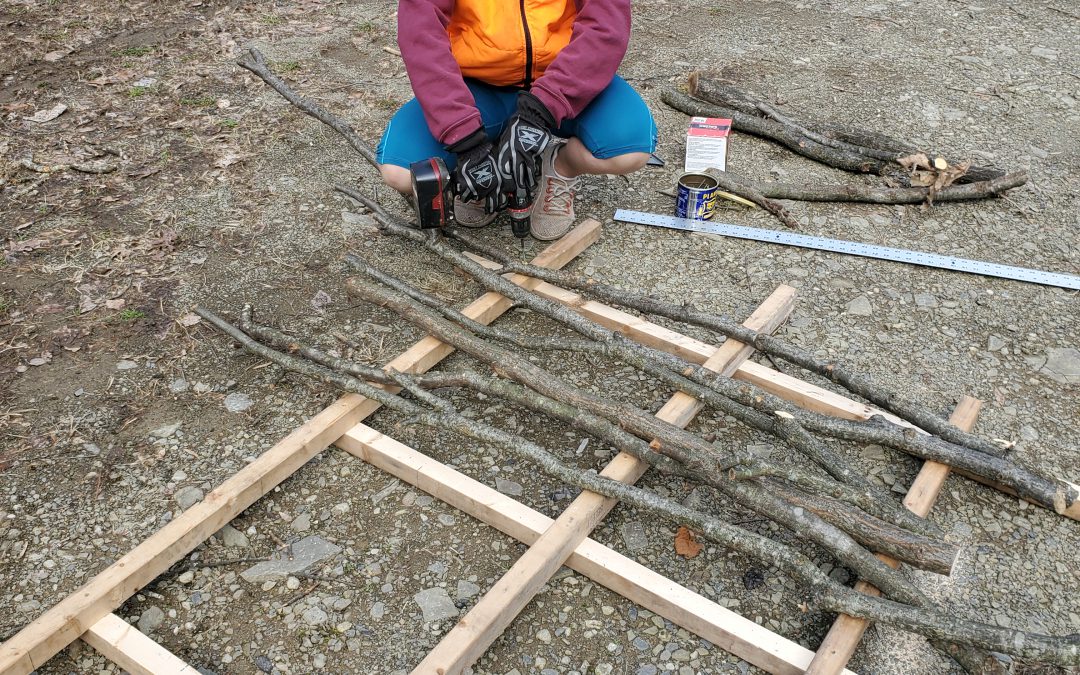
by William | Mar 8, 2024 | Passive House, Small Footprint
Dear Readers,
It’s been a while! While the silence from us has been seemingly extensive, I promise that we have not been sitting idle . If you check out our “Resources for LBC” page, you’ll see our Embodied Carbon Baseline attempts, some results with our material/product vetting (Toxnot Advocacy Letter, Manufacturer Inquiry Document, and Stone Advocacy Letter), and even a synopsis of our Biophilic Design Workshops. We’ve also been busy helping manufacturers pursue material transparency, with one in particular going full-throttle and asked us to make a Declare Label for them.
We have finished preparing the site for the driveway, septic system, and the home’s footprint. We did attempt to relocate and replant as many blueberry bushes, small trees, and moss heaps as we could.
Any trees or mountain laurel removed is intended for reuse in the project itself. Larger trees will hopefully be used for the timber frame structure (we are scraping the CLT idea…blog to follow later), and smaller trees and branches are intended to be used for handrails (I love this guy’s YouTube videos!), and even perhaps siding for our shed…
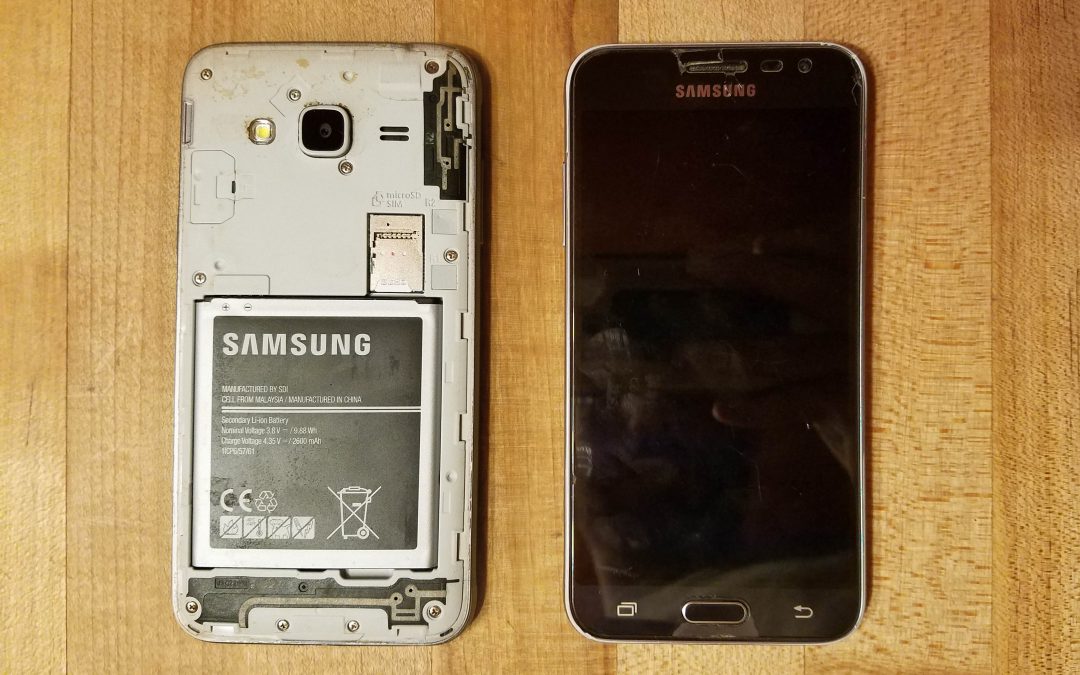
by William | Dec 15, 2021 | Small Footprint
Dear readers,
My Samsung Galaxy J3 V is a beast. It continues to withstand a high level of wear and tear with me as its owner. I wear it on my running belt in the snow. In the pouring rain. In high temperature heats that are probably unsafe for me to be running in…
I have dropped it on concrete. Down the steps. It has bounced off the toilet. It has even withstood multiple catastrophic events of me simply animatedly walking while swinging my arms…and then my one arm holding the phone swings too energetically into my leg…or a wall…or another person, and the phone has gone S.A.I.L.I.N.G. No case. Just one disheveled screen protector that is as old as the phone.
And you know the best part about this indestructible piece of technology?
It is a hand-me down.
The phone was originally my mom’s. She felt it had gotten too old and wanted a new one. So she gave me this gem of a device back in the summer of 2018. That was three and a half years ago. Wanna know what’s EVEN BETTER? My mom originally got the phone refurbished. I have no idea how old this phone actually is…but I’m betting it’ll last until our first child needs a phone. Which is perfect. The Samsung Galaxy J3 V will officially become a family heirloom.
The reality is though…unfortunately…that I’ll probably accidentally drop the phone out of my truck window tomorrow. Officially reaching its capacity for abuse, the phone will die. And then what do I do with it?
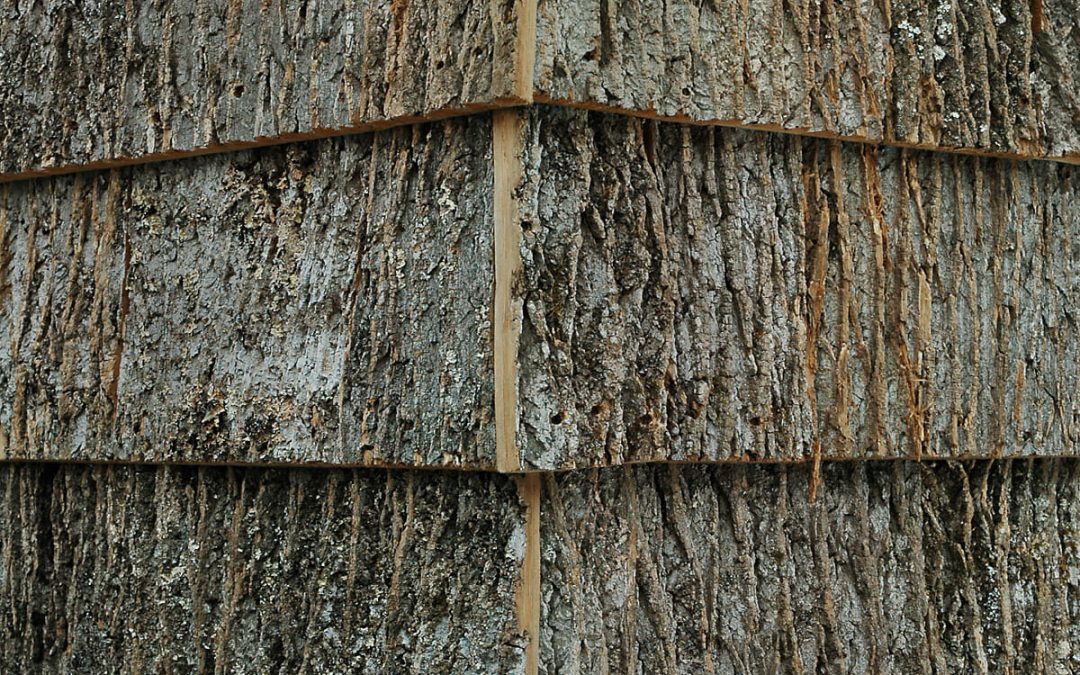
by William | Nov 3, 2021 | Small Footprint
Dear Readers,
I would like to introduce you to a phenomenal business that shares the same mountain range as the Land of the Laurels, just a bit further South: Bark House. Based in Spruce Pine, North Carolina, Bark House began in 1990 by a wife and husband team~ Chris and Marty McCurry. Committed to providing sustainably sourced bark shingles for interior and exterior applications on homes and buildings, they have earned over a dozen different awards and recognitions, including but not limited to: Cradle to Cradle Platinum certification, they are a Certified B Corporation, they have had a Declare Label Red List Free for their Poplar bark shingles, and they were awarded by their local non-profit, Root Cause, as a Support of Local Wood Products Award.
The recognition they have received globally and locally is noteworthy. However, it is just that. Noteworthy. On paper it is impressive, and it deserves to be shared…literally, worthy of noting. But the power behind this business lies not in their stamps or their certifications…or even in that Google and Amazon use their bark frequently in their establishments. The power Bark House holds, lies in the good they have done, are doing, and will continue to do for the Appalachian Mountain Range and the small communities that call it home.
Getting the Bark
Their process of obtaining the bark is based entirely off of regenerative practices~ for the environment, and their community. They began their business with the training of 50 local loggers on how to peel bark off felled trees. The loggers could then sell the trees they took down as profit, as well as the bark from those trees.
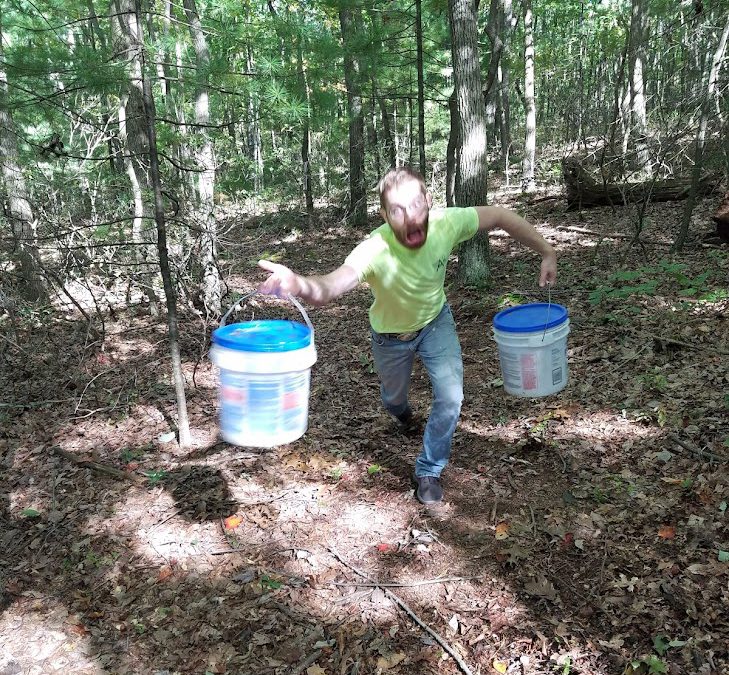
by William | Oct 13, 2021 | Small Footprint
Dear Readers,
Holes were dug. Water was lugged. Our arms are now so sore and tired, we couldn’t even give a hug…
If anyone ever wondered what was involved in a soil and percolation test, that basically sums it up.
Even though we have no intention to install an on-site septic system (like a sand mound), the PA DEP has stated that for us to pursue an experimental permit (and have fun with our compost toileting and greywater reuse) we must first prove that a conventional system can be put in if need be. That means we must pass both a soil and a percolation test.
Soil Test
For those more interested in the technicalities, William and I first had to start with our SEO doing a soil test. If we passed the soil test, the SEO would then proceed to do a percolation test (colloquial term, “perc test”). The point of the soil test is to see if our soil is of a grade and quality that can effectively filter wastewater. The SEO needs to have multiple holes dug down to where “glacial till” can be found (the level in soil most undisturbed, and brought about by the movement of glaciers). These ‘holes’ (‘pits’, or even ‘trenches’ is more like it) had to be dug in an area near our home’s prospective location.
The adventure began with us figuring out how to dig (what I thought was supposed to be) three or four 4-5’ long and 10’ deep trenches for our soil test.
Yes, 10 feet deep trenches…plural…trenches. And what digs 10’ deep trenches? A backhoe. But, backhoes can be big. Very big. With a big footprint on our land and too big to fit through the 5 to 7-ish ft. wide (and 300 foot long…) path we currently have up to our home’s intended location and where this soil test needed to occur. So, what else can dig a 10’ deep trench that can fit through our small path? People.
And thus, with optimism in our hearts, naivety in our young brains, and a ladder standing by…we pulled up our sleeves and dug.
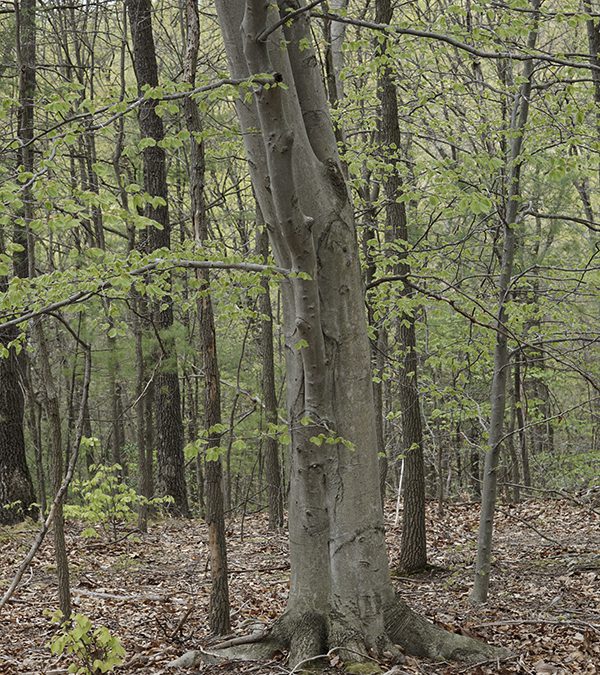
by William | Jun 9, 2021 | Small Footprint
Dear Readers,
All of my previous tree identifying attempts were a total failure. I do apologize to my 9th grade biology teacher who attempted to grace us with his knowledge of all things Pennsylvanian trees…I have failed you.
Luckily for William and I, we had a friend of a friend of ours…who is now…and actually already was…our friend too, come out to our property to help truly identify the trees on our land. As a previous Pennsylvania State Forester, he knew what he was talking about. And he was incredibly helpful in allowing William and I to become more acquainted with our future home.
To summarize, these are the most prevalent tree species on our wee bit of 2.9 something acres of land:
Chestnut Oak~ that white oak I thought was a white oak, but then thought was a red oak…but really it’s a white oak…
Witch Hazel~ more of a shrub, really…but with tons of ancient medicinal benefits!
Sassafras~ the ones with the cool variety of leaves and lots of sass! Most of the ones we found were lil’ saplings though…they don’t seem to get enough sun to grow big and strong. An indicator for our sun exposure for our house? Hmmm…you sure can learn a lot from trees…especially the sassy ones.
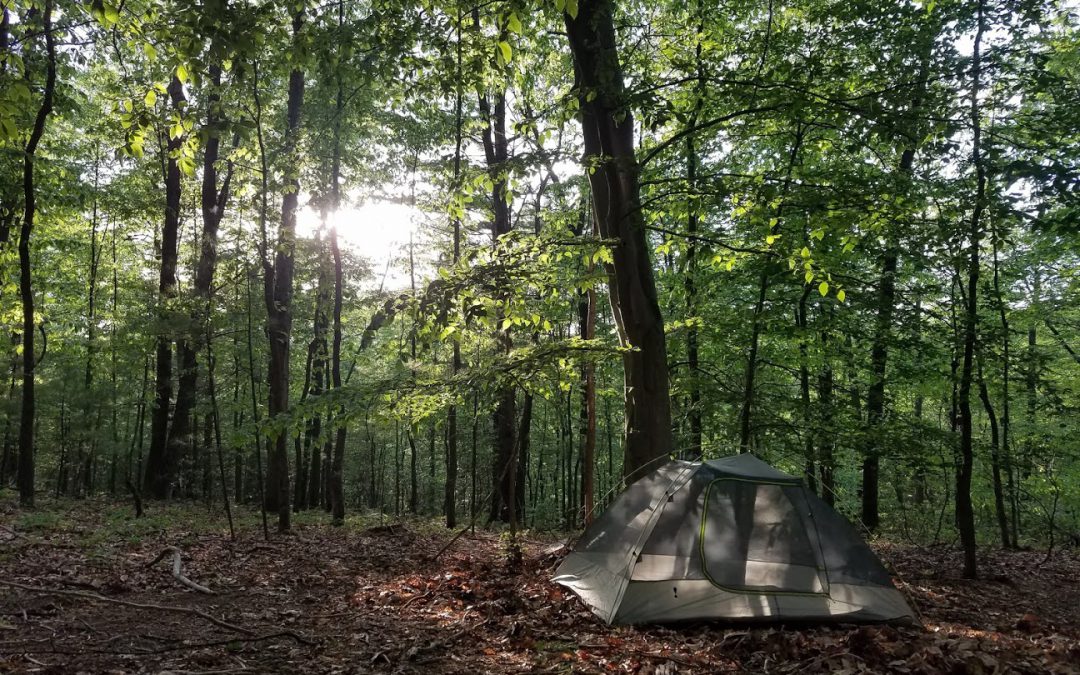
by William | Jun 2, 2021 | Small Footprint
Dear Readers,
William and I both grew up in homes surrounded by forest. We are well acquainted with the darkness that descends come nightfall. We are familiar with nightly noises~ owls, foxes, coyotes. William even spent his childhood as a boy scout, and the concept of sleeping outside in the middle of the woods is certainly not foreign to him.
However.
The first night William and I camped on our property in the Land of the Laurels brought our predator and prey instincts to a very different level.
We were the intruders. Just the two of us. Him. And me. And our four feet, two voices, and very presence, was of much curiosity to the land we occupied for the night.
We decided to place our tent directly under the giant American Beech tree. Its wide, sun hungry branches provided a decent cover. Plus, it is just a beautiful tree. But the ants…the ants were very interested in us and our tent. And it didn’t matter whether we put our tent under the Beech tree, or under the Chestnut Oak…the ants were everywhere. I’ve decided that our property may very well be just one giant ant hill.






